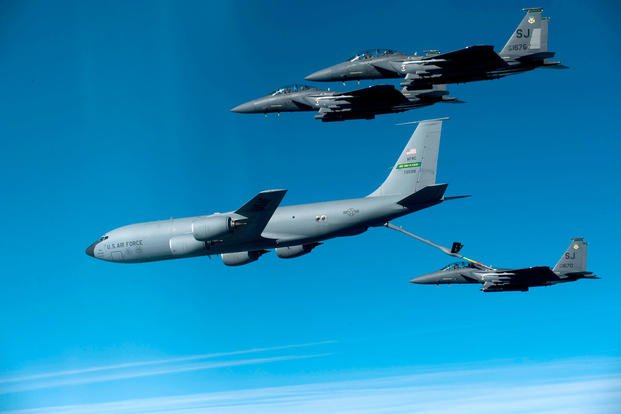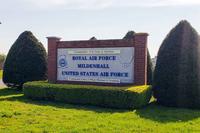Gen. Carlton Everhart II is head of the Air Force's Air Mobility Command.
About every three minutes, airmen from the Air Force's Air Mobility Command launch a sortie to fly ammunition, fuel or troops somewhere around the globe.
Our airmen operate in 77 countries, 365 days a year. In the first half of 2017 alone, we refueled the F-35 on its first deployments, enabled stealth bombers to strike terrorist camps in Libya, and transported critical supplies to National Science Foundation facilities in Antarctica.
As long as we have enemies to defeat and natural disasters to respond to, there will be no relief from the stresses of an unrelenting demand. Demand for our services, known in military parlance as rapid global mobility, is insatiable.
Our nation's prolonged participation in global contingencies has affected the service life of the mobility fleet. We cannot dictate world events, but we do have a responsibility and the potential to ensure the fleet remains viable and capable of responding when crisis strikes.
With the rapid global mobility mission set, we are performing airlift and refueling missions with a geriatric fleet.
The backbone of the tanker force, the KC-135, averages 55 years old with some aircraft in the inventory over 60. Although the new KC-46 tankers are expected soon, the bulk of the legacy tanker fleet will remain in service for at least 25 more years -- and some are slated to fly until they are almost 100 years old.
The Antique Automobile Club of America defines an antique car as more than 25 years old. By this standard, the Air Force can be expected to operate antiques for the foreseeable future.
How can we fix this? It requires cooperation by active-duty, National Guard and Reserve forces, known as the Total Force.
Rebuilding the fleet is a long-term solution. The Total Force flies the same aircraft. We need enhanced teaming and proactive aircraft inventory management to ensure standardized modifications for the entire force.
"Enterprise Fleet Management" is the answer. This method would allow us to extend aircraft life by swapping or rotating aircraft across active-duty, Guard and Reserve inventories. Enterprise Fleet Management enables a planned, deliberate synchronization of our fleets across all components to assure maximum capability for our mission of flying people, fuel and cargo around the world on short notice.
It will also position us to potentially recapitalize or modernize portions of the fleet at the same time, while extending the life of airframes under the strain of continuous operations.
Certain aircraft are more susceptible to wear and tear, depending on frequency of use, mission requirements and operating environments.
Consistent wear and tear shortens the lifespan, increasingly limiting capability beyond anticipated service rates and accelerating the aging process. Aircraft at certain locations are historically "less stressed" due to more predictable missions and less severe operating conditions.
It is clear we must strive for a balance, and allow our overused and highly stressed airplanes the opportunity to recover through modern 21st century inventory management practices.
Integrating our fleets and rotating aircraft -- commonly known as "iron" -- across all components is a required national evolution and ensures the ability to operate effectively for years to come. The alternate is tired iron, or not enough iron, that may not be able to meet the complete complement of our nation's needs now or in the future.
-- If you would like to submit your own commentary, please send your article to opinions@military.com for consideration.























